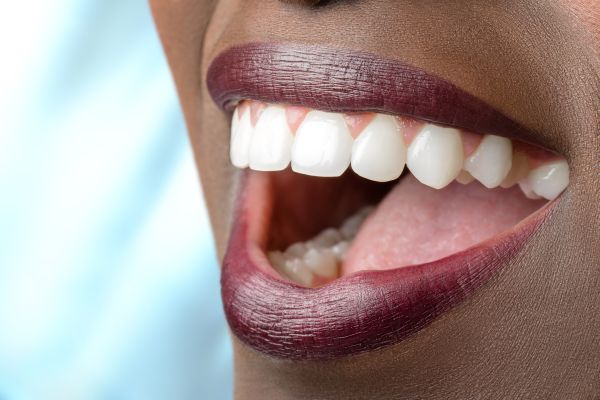4 Ways A Full Mouth Reconstruction Can Restore Damaged Teeth

A full mouth reconstruction typically combines multiple dental treatments to repair damaged teeth and restore their function. Doing these two things often improves the appearance of damaged teeth, as well. The process is unique for each patient, and it can improve the person's overall health, which is important since dental issues like gum disease can increase the risk of diseases like diabetes.
4 treatments used to restore teeth during a full mouth reconstruction
The process of a full mouth reconstruction starts with a consultation with a dentist. During this appointment, the dentist examines the patient's mouth to determine the extent of the damage to their teeth. Tests like x-rays might be used to examine the patient's bone structures. Based on their findings, the dentist will craft a treatment plan to restore damaged teeth.
Popular treatments used during full mouth reconstruction include the following:
1. Composite bonding
This is one of the most economical treatments performed during full mouth reconstructions and it can be used to fix issues like chipped teeth, broken teeth and tooth decay. Many patients prefer fixing cavities with composite bonding instead of silver amalgam fillings, which were the common way to fix cavities for decades. However, composite bonding can be color-matched with the rest of the patient's teeth, making it a great full mouth reconstruction option to target functionality and appearance.
2. Root canal therapy
This is a full mouth reconstruction treatment that is used to save teeth that have been severely damaged by trauma or tooth decay. Root canals are also used to treat infected teeth. The process involves drilling a hole into the pulp chamber and removing the nerve, blood vessels and soft tissues. Teeth that have been restored with root canal therapy are often covered up with dental crowns to protect them from further damage.
3. Crowns
Dental crowns are oral restorations that are commonly used in full mouth reconstructions. They are used to cover up severely damaged teeth and protect them. A crown is a tooth-shaped shell that goes over the visible part of a tooth. It keeps irritants in the mouth like acids, oral bacteria and saliva from getting to the tooth and causing further damage.
The installation of a dental crown requires the removal of enamel, which means the tooth will need to be protected with a restoration moving forward. Crowns can be made from a variety of materials like gold, silver or stainless steel, but porcelain crowns tend to create the most natural look.
4. Implants
Dental implants are oral restorations that are inserted into a person's jaw. These restorations help to prevent bone tissue loss that typically occurs when a person loses a tooth. This is very important since losing bone tissues in the jaw leads to changes to a person's facial appearance. It also leads to the formation of wrinkles and fine lines around the mouth.
Implants are the preferred way to replace missing teeth during a full mouth reconstruction. The entire process can take up to six months to complete.
Learn more today!
Want to learn more about full mouth reconstructions and how they can restore damaged teeth? Reach out today to get started!
Request an appointment here: https://smilefreshdentalgrandblanc.com or call Smile Fresh Dental at (810) 515-7083 for an appointment in our Grand Blanc office.
Check out what others are saying about our services on Google: Read our Yelp reviews.
Related Posts
If the dentist has recommended a tooth extraction, it is probably the only way to restore oral health. This may happen if the tooth has suffered severe structural damage, and a restoration option like crown or root canal treatment would not be enough to save the tooth. Post-tooth extraction care is essential for quick healing…
Tooth extraction is a common dental procedure that general dentists perform on a regular basis. Although it is a routine and safe method, there are common misconceptions about it that cause unnecessary anxiety and fear. It is normal to feel a little nervous before any medical procedure, but it is equally important not to let…
Tooth extraction, whether by professional intervention or through trauma, needs to be replaced as soon as healing allows. Healing can vary depending on the number of teeth extracted and the extraction type. The same can be said for the replacement options. The type the dentist introduces will depend on the number of teeth needing replacement,…
Tooth extraction is one of the most common procedures in dentistry. This article discusses extraction aftercare guidelines to follow to achieve optimal recovery. Complications after a tooth extraction are rare but possible. The common ones include bleeding, dry sockets, and infection. Post-operative care is important to avoid these complications.The body starts healing immediately after the…
